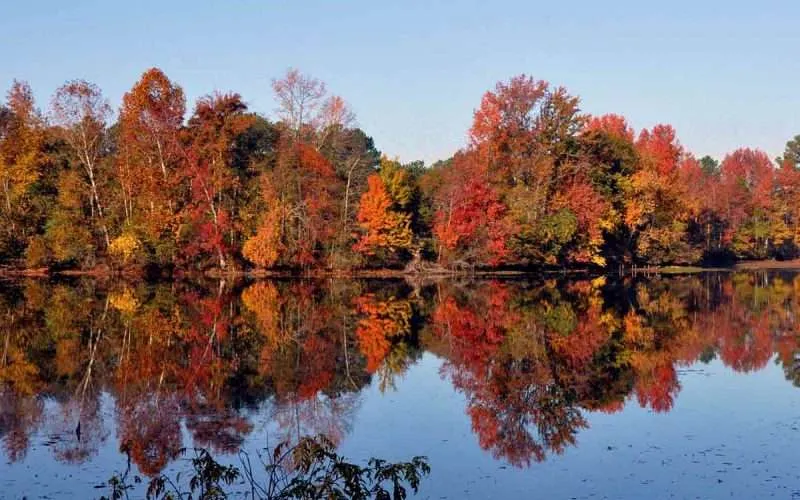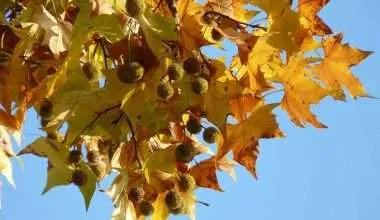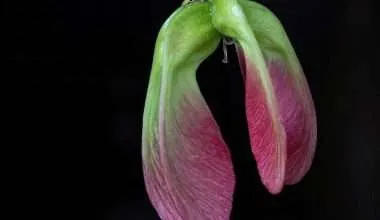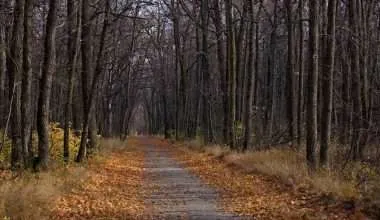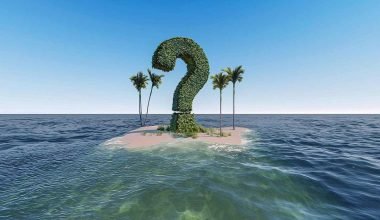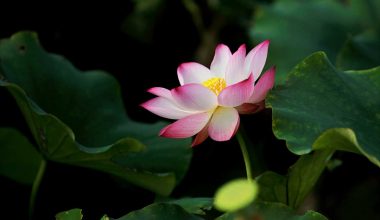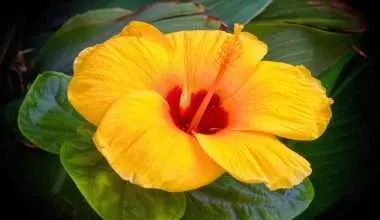Table of Contents Show
If you hoped to differentiate between bald cypress and pond cypress trees while they are still young, you are in for the wait of your life.
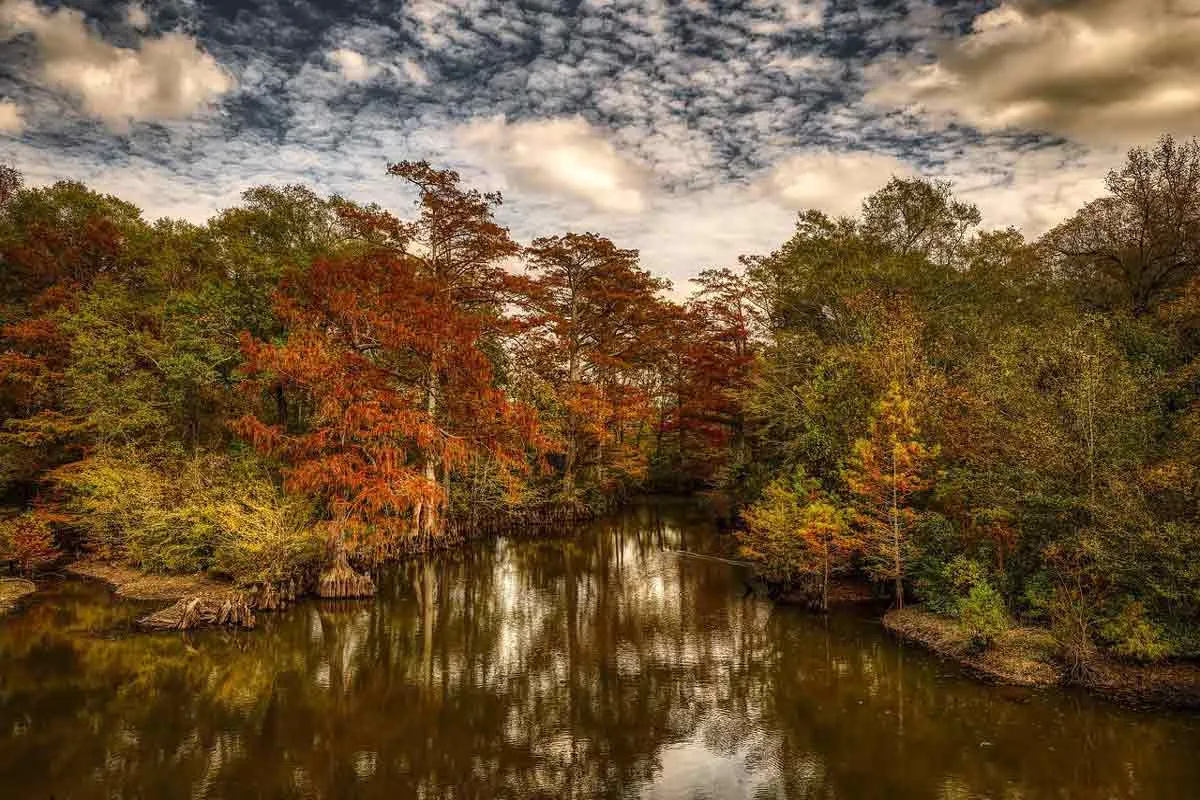
That is because, although closely related, it is almost impossible to differentiate between them. At least, not until they have become mature trees.
Even so, the trees do look very similar to each other. In fact, about the only, obvious point of difference between the two is in their leaves. The bald cypress has alternating, needle shaped leaves while the needle-shaped leaves of the pond cypress are much longer and point upwards.
9 Easy Ways to Differentiate Between Bald Cypress and Pond Cypress Trees
Although both species of trees do have quite an unforgettable look to them, the iconic base supports the rest of the tree. A bundle of root-like structures that protrude out of the ground, seemingly supporting the weight of the massive trees.
With the bald cypress or taxodium distichum in particular, the conical ‘knees’ that rise on the water, above the roots of the tree also assist in supporting the tree. It’s hard to forget if you’ve seen it once.
Differences Between Pond and Bald Cypress Trees
There are a few botanists who aren’t sure that pond cypress and bald cypress are distinct species. They suggest that the difference between them is attributable to environmental factors rather than genetic differences.
Having said that, the prevailing agreement is that bald cypress and pond cypress are two distinct species. When both trees are young, it might be difficult to agree with this consensus.
As stated earlier, the best way to differentiate between the two trees is to observe them once they are fully matured. In addition it is also better to make your observations between late summer and early fall.
This is the perfect time to make your observations. This is due to the fact that the leaves are fully grown by this time so differences can be easily spotted. Moreover during this time it is still far too early for the leaves to fall for the winter season.
This makes it the perfect opportunity to deduce whether you have a bald cypress tree or a pond cypress. When making these observations you are likely to stumble upon another crazy fact about these trees. While they do shed off their leaves every winter, they still have needle-like leaves.
For many of us this may be synonymous with evergreen trees. Yet since the trees shed off their leaves, they can’t be evergreen. The solution to the mystery is that these trees are conifers, but deciduous trees.
While most evergreen trees do have needle leaves, it is not just the evergreen trees that have them. In fact, some deciduous trees such as these cypress trees also possess pointy needle leaves.
This may be confusing for some but in reality the shape of the leaves is not the main difference between the trees. It is whether the leaves fall off every year or not.
1. Difference Between their Leaves
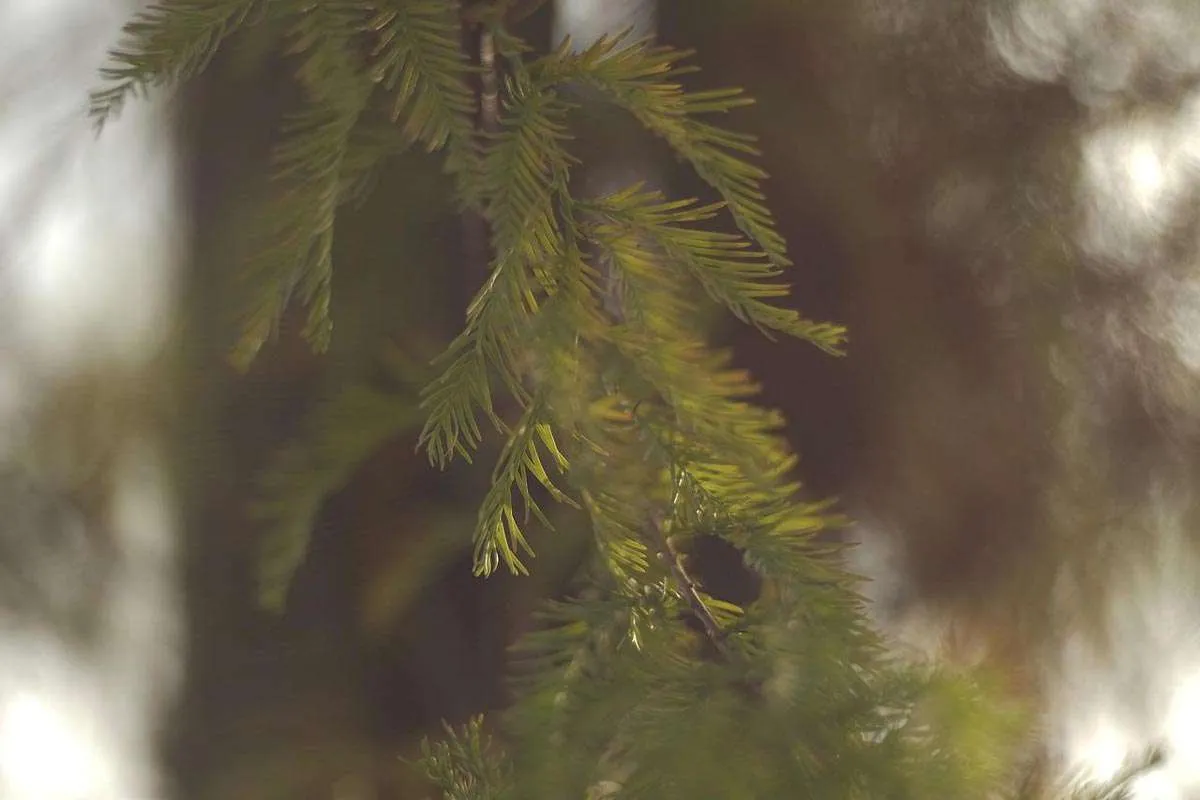
Leaves are frequently a distinctive characteristic of trees, although they might be difficult to see in the winter. So, if you’re looking for cypress trees, search in the summer or early fall.
The needle leaves of bald cypress trees alternate on the twig. They are quite similar to yew trees, thus the Latin term ‘Taxodium,’ which means ‘yew-like.’
Pond cypress leaves are needle-like as well, but they are longer and point upward toward the sky rather than outward away from the twig.
Both trees become a reddish-brown in the fall before dropping their leaves for the winter.
2. Differences in Tree Elevation
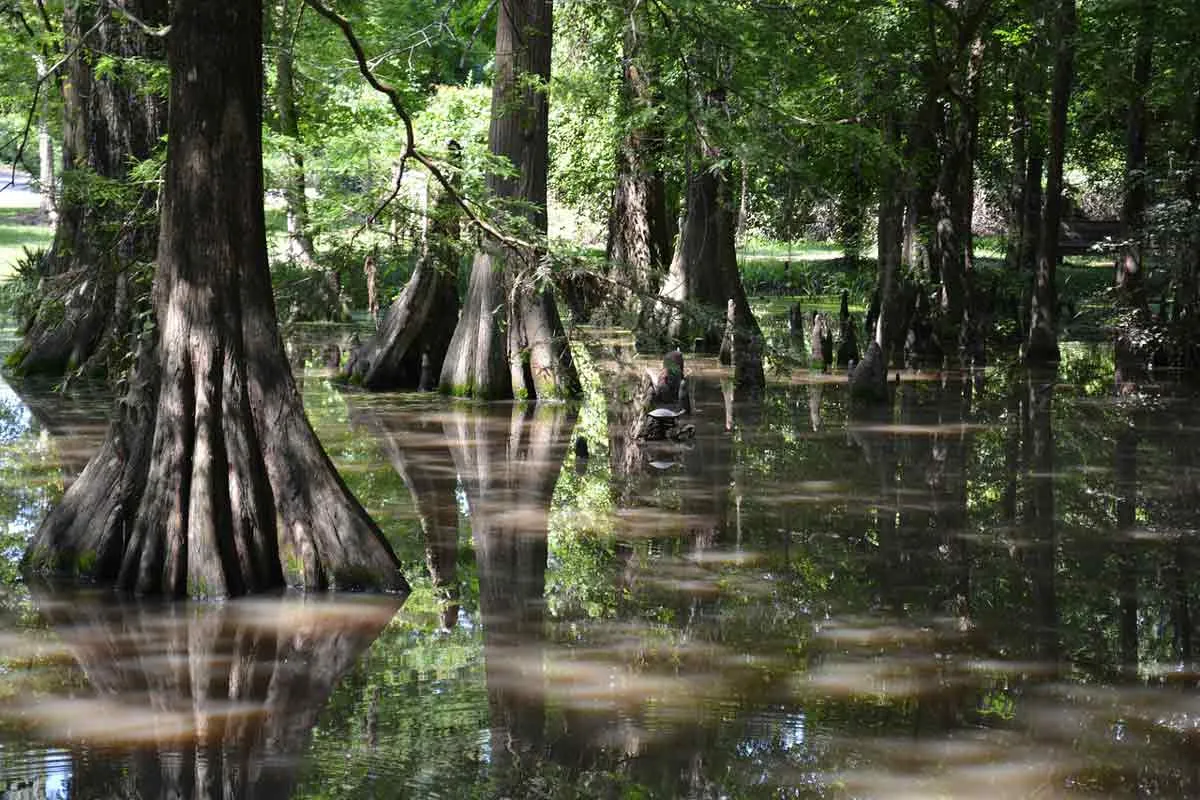
Since both types of cypress trees do enjoy a moist environment, it is likely that they will be growing at low altitudes. However, even amongst the low elevations that these trees grow at, there is quite a difference.
While at the sea level and beyond up to a few hundred feet of elevation, you can’t really tell apart between the two species, at higher elevation the scenario is different. This is because while both trees grow at lower elevation, it is only the bald cypress trees that grow at higher elevation.
Bald cypress trees may grow at higher heights than pond cypress trees, with the highest known elevation being 1,750 feet. Even yet, the trees that thrive at this level are somewhat solitary. In contrast, even at heights exceeding 100 feet, pond cypress trees are unlikely to flourish.
Hence if you are at elevations beyond a few hundred feet it is not difficult to deduce that the cypress trees you see are all bald cypress trees. At lower elevations, however, this method to differentiate the two trees fails.
3. Difference in native range
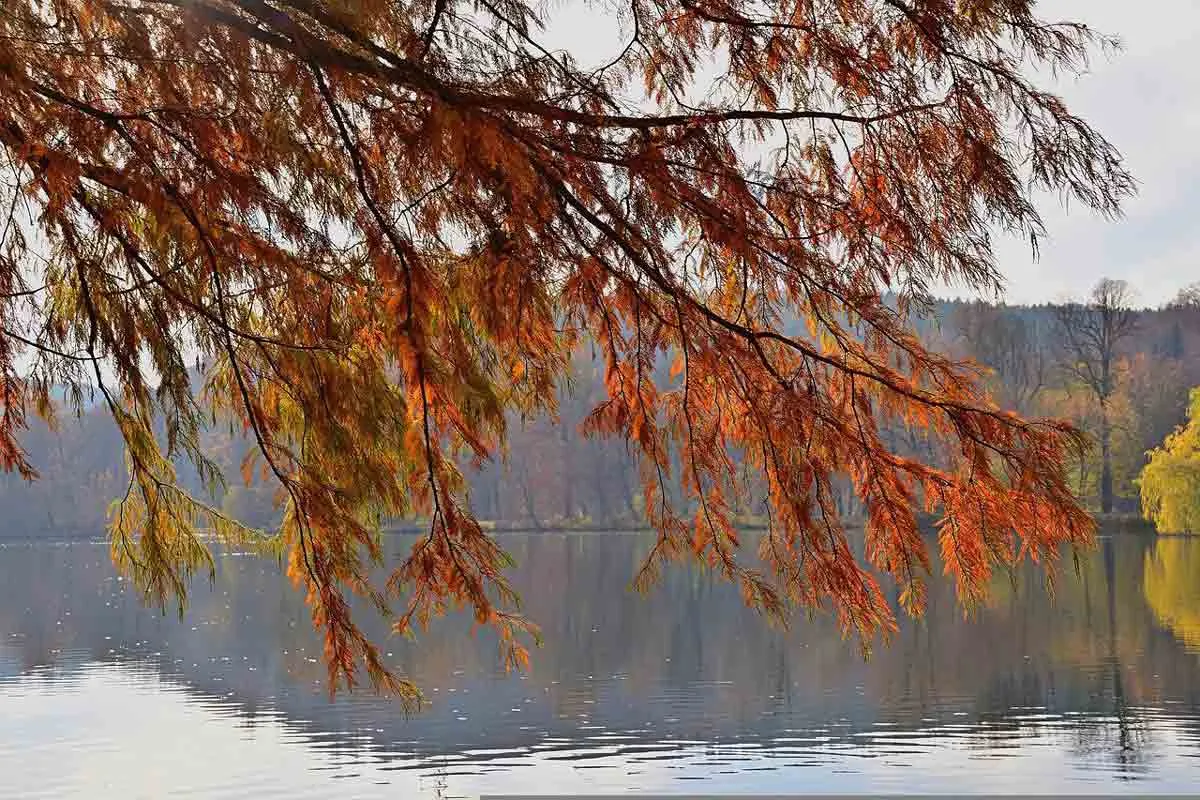
One of the more obvious methods of telling the two species of cypress trees apart is by observing their indigenounity. Which is also at times referred to as the native range of the trees. This is the area where the particular tree species is expected to grow.
If you see a cypress tree inland, it is more likely to be a bald cypress than a pond cypress, because pond cypresses grow around shores, not inland.
Bald cypress trees may be found along the east and southeast coastlines, stretching as far north as southeast New Jersey, south to the southern point of Florida, and west to southeast Texas.
The bald cypress may also be found inland in southeastern states such as Mississippi, Missouri, Illinois, and Indiana. They are found primarily near water bodies; rivers, streams, and occasionally in ponds. The bald cypress however, favors flowing water to stagnant water.
Unlike the bald cypress trees though, the pond cypress is less widely spread. It is rare to ever actually see one inland. The pond cypress trees mostly grow along shorelines or near any body of water.
This also indicates the native range of the pond cypress tree is curtailed more than the bald cypress tree. While both may live close to water, it is actually the pond cypress that shows a greater affinity for it.
Further, it must be remembered that it is only fresh water bodies where these trees are found. The distribution of pond cypress trees is quite limited in fact.
They may be found from southeast Virginia all the way down the coast to sections of Florida. Towards the west, they may be found from the gulf coast to southeast Louisiana. Apart from these coastal regions, a pond cypress would be a rare sighting.
4. Difference in Optimal Growth Temperature
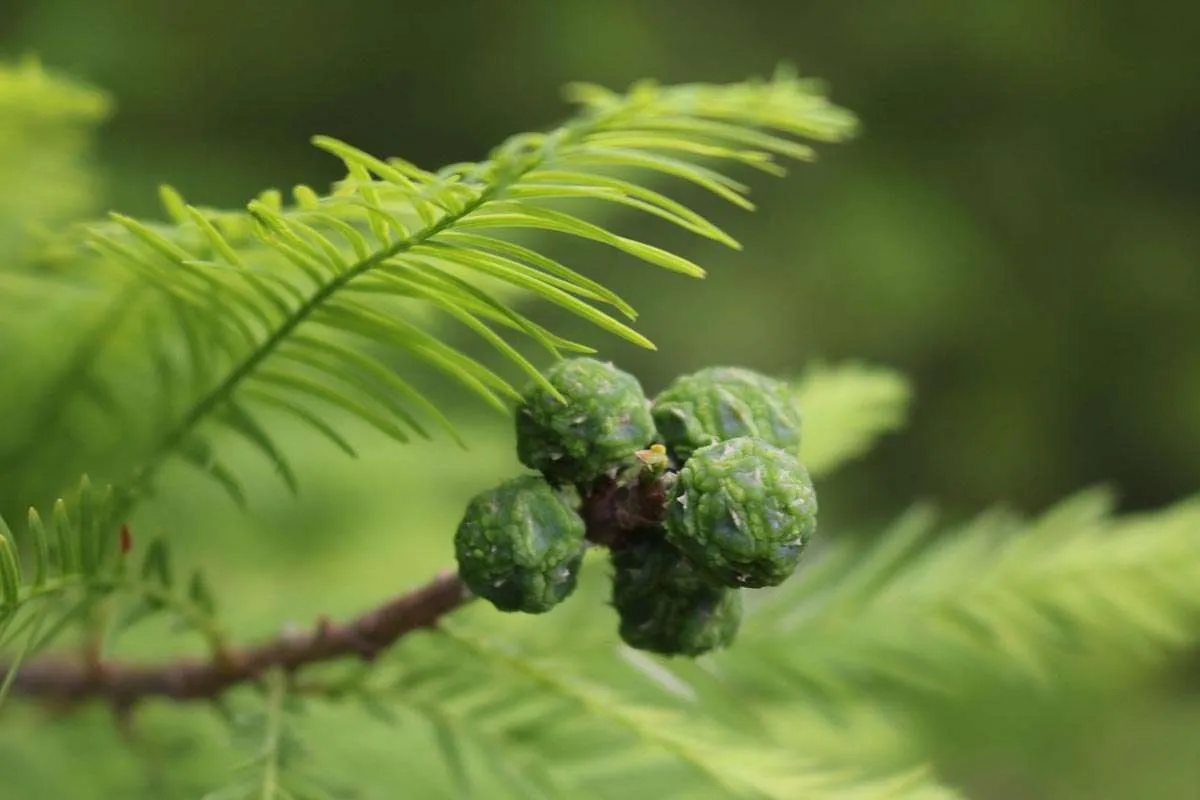
Bald cypress trees are generally capable of enduring colder temperatures than pond cypress trees. They are also able to withstand harsher conditions as the ongoing pattern seems to indicate.
It may be rather cold in the New Jersey region. Bald cypress trees have been reported to tolerate temperatures as low as -29°F! The pond cypress can only endure temperatures as low as 10°F.
Bald cypress trees can withstand a broader range of climates than pond cypress trees. This is why the bald cypress is more common and the pond cypress is restricted to warm coastal climates that may be found near areas of water.
5. Difference in Growing Conditions
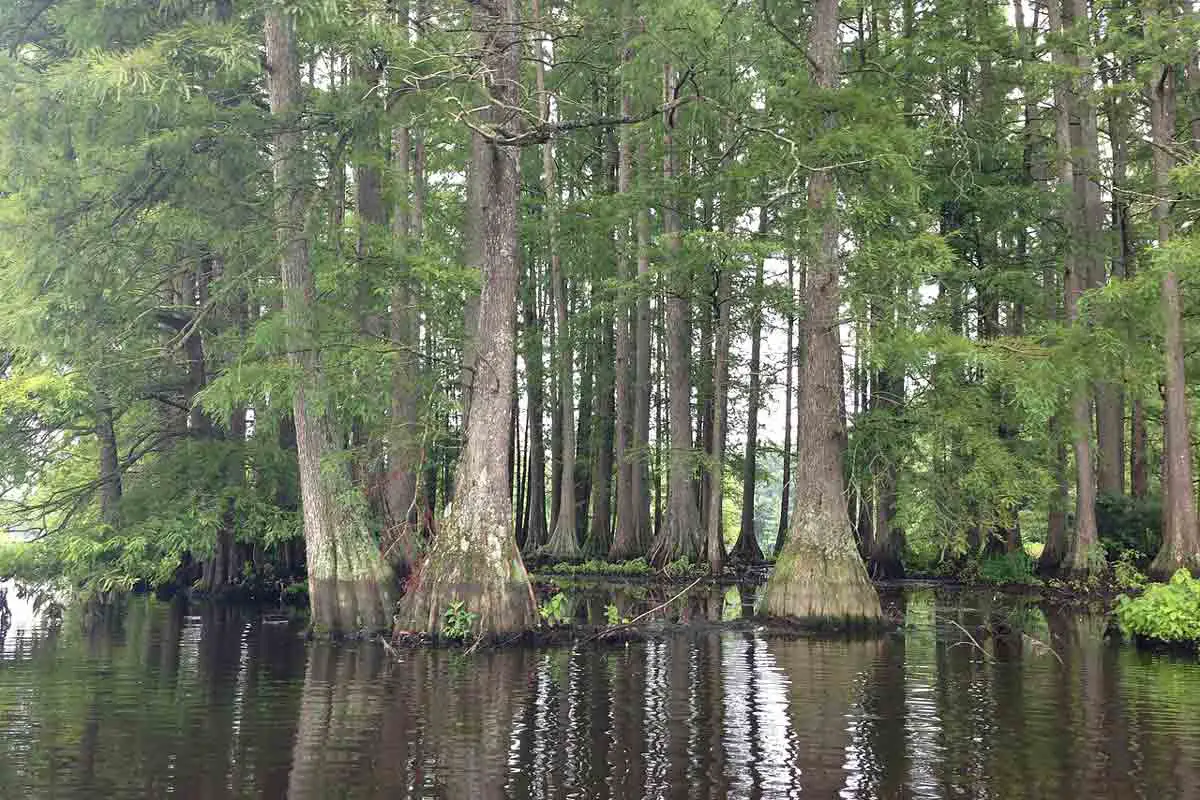
We discussed optimum elevation and temperature, which is a simple fact, but there is still the issue of optimum soil for tree growth.
The pond cypress is surprisingly more tolerant than the bald cypress in this particular situation. The pond cypress can tolerate more acidic soil, but the bald cypress will grow slowly or not at all in acidic soil.
Pond cypress trees like to thrive in regions with poor drainage, shallow ponds, or stagnant water. A pond cypress is uncommon by a river or fast-moving stream. Bald cypress trees, which enjoy flowing water, are more likely to be found in these regions.
One of the most intriguing characteristics of the bald cypress tree is that it loves to thrive in locations that flood frequently! This is how the tree obtains many of its nutrients, and it is also how its seeds are transported to potential growth areas.
According to research, neither bald cypress nor pond cypress can resist high levels of saline in the soil or water in which they thrive.
6. Difference in Height at Full Maturity
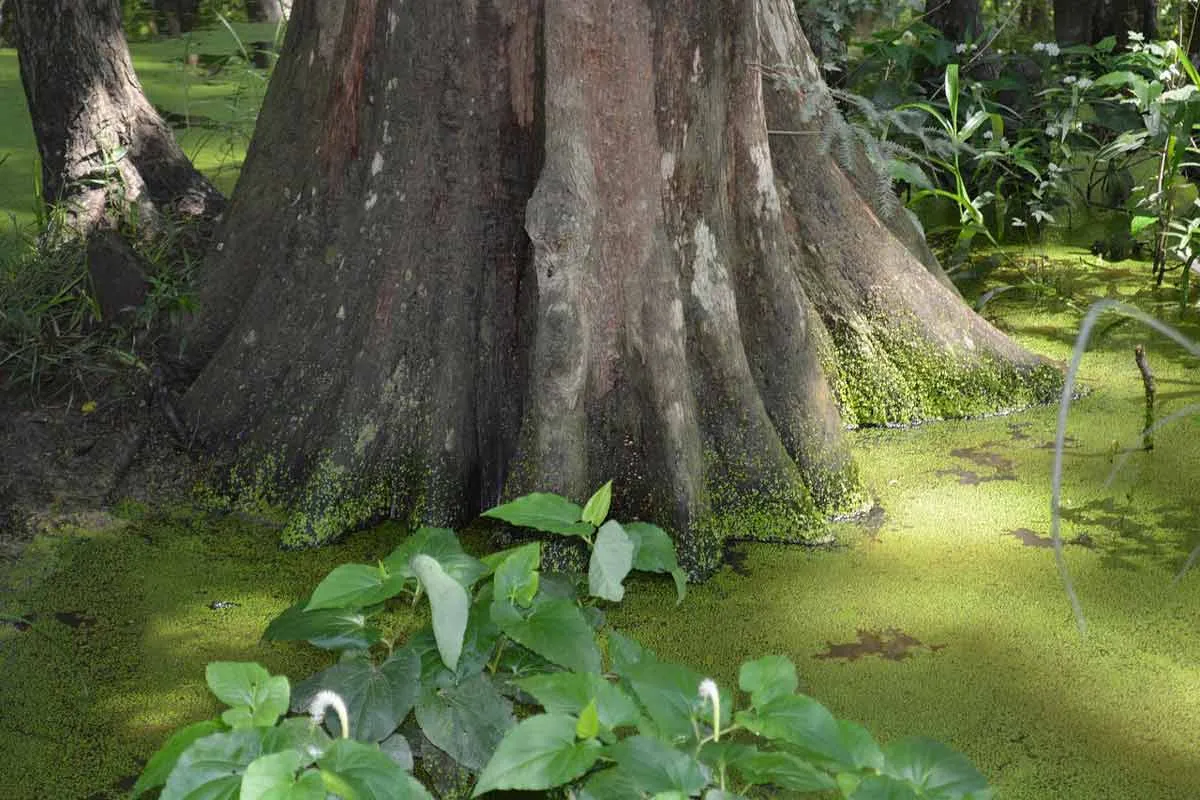
Obviously, if the trees you’re looking at aren’t mature, this might be tough to tell. Not only that, but how can you know when a tree has reached full maturity? The tree cannot exactly tell you that..
However, there is quite a difference between the heights reached by the two trees. This as with the difference in elevation can be used to determine which tree you have. Generally the pond cypress trees only tend to grow up to 60 feet in height at full maturity. The bald cypress trees, in contrast, can grow to twice that height according to experts.
That is why if the tree in question is tall and exceeds about 70 feet in height then it is definitely a bald cypress tree. Pond cypress trees just cannot grow to that height. However, if the tree you are examining is below 60 feet in height then there really is no way to tell which species it belongs to.
Growth rates varied between the two trees as well. While both are slow-growing trees, the pond cypress grows faster than the bald cypress. This is most likely due to the pond cypress’s less fruitful growth environment.
7. Difference in Uses
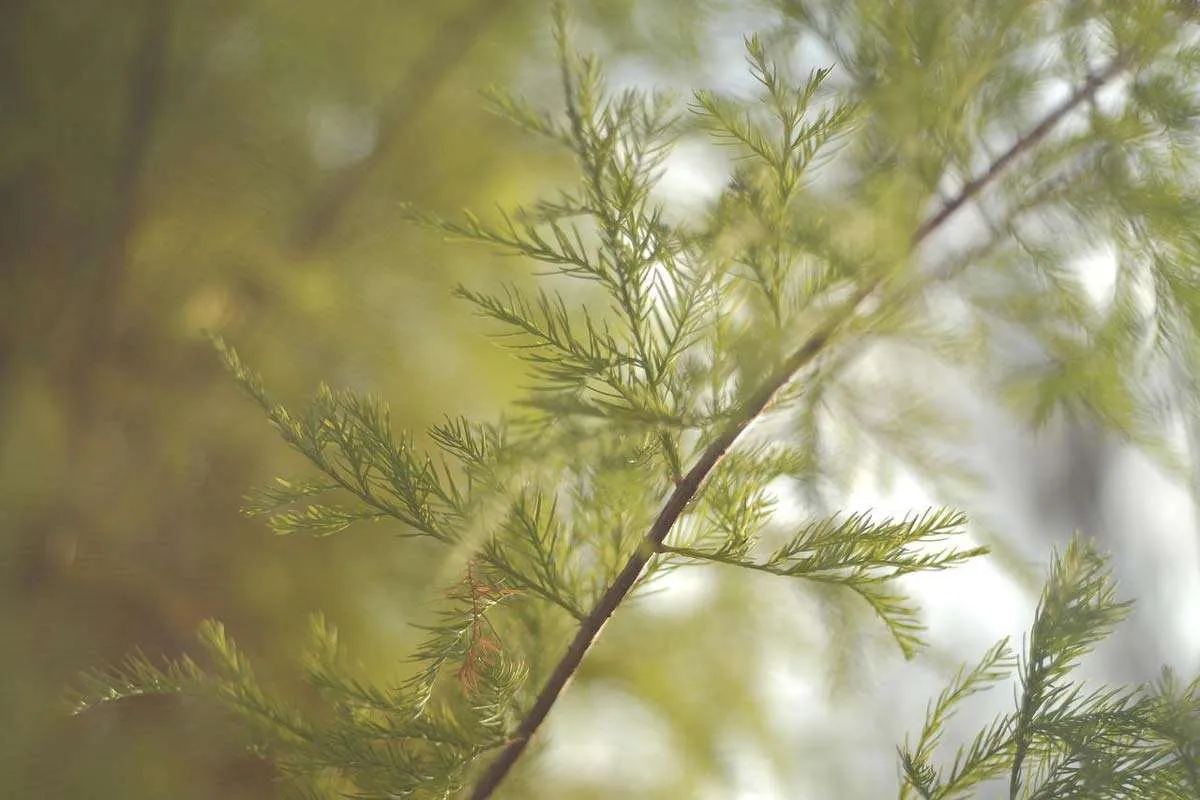
Trees are extremely beneficial to the earth. They create many of the things that humans take for granted. Trees provide us with furniture, cabinets, paper, books, coffee sleeves, wine corks, and even part of our medicine.
Each tree has its own set of benefits. Some are better suited to making pulp, wood chips, or just providing shade, but others are stronger and may be used to build houses, bridges, and other durable structures.
Pond cypress and bald cypress are both examples of the latter. The timber is sturdy and is commonly used for bridges, rafters, boat planks, buildings, and fences.
In addition to being robust, this timber is in great demand because of its resistance to rot. Cypressene is a particular oil produced by these plants that prevents wood degradation. This naturally produced oil adds strength to the timber and increases its value.
At this point there is probably enough that has been said about the incredible toughness of these trees. However, their sturdiness is not the only thing these trees are usually used for.
Both trees give several benefits to the marshy animals that live there. Evening grosbeaks, squirrels, wild turkeys, and ducks all benefit from the seeds of the bald cypress.
Nesting locations for bald eagles and ospreys are at the top of the tree. When the long-lived bald cypress dies, the submerged logs serve as a breeding site for catfish.
Pond cypress trees offer comparable advantages, but to a different set of wildlife. Long-legged herons and egrets build nests near them. The trees also provide a breeding place for a variety of tree frogs, toads, salamanders, and other slimy creatures.
8. Difference in Tree Bark
8. Difference in Tree Bark
If the leaves have fallen off and you’re looking for distinctions between pond cypress and bald cypress, you might try to distinguish them from the bark instead.
Both cypress trees have thin bark, rendering them vulnerable to fire. According to forestry experts, pond cypress bark is thicker than bald cypress bark, making it significantly more fire resistant.
Bald cypress bark has sharper ridges than pond cypress bark, which has rounder ridges instead. Both trees have bark that ranges in color from brown to gray.
This can be a tough tool to use to distinguish between bald and pond cypress, but it might be useful in the winter when leaves are few.
9. Difference in Tree Shape
A lot of factors go into deciding the shape of any tree. These include the soil conditions and, as is the case with bald Cypress trees, the flooding conditions that are available.
In the case of the latter, not only is the growth rate of the tree affected, but the direction in which the tree grows may be altered also.
If you are looking at a cypress however, that is shaped like the proverbial Christmas tree, then it is most likely the pond cypress tree in front of you. Bald cypress trees have the quintessential, deciduous tree-shape; rounded and with branches that are of uniform length.
Unlike the leaves of the pond cypress that point skywards and are pressed against the tree’s branches, the bald cypress leaves point away from the branches making it appear more rounded in shape.
